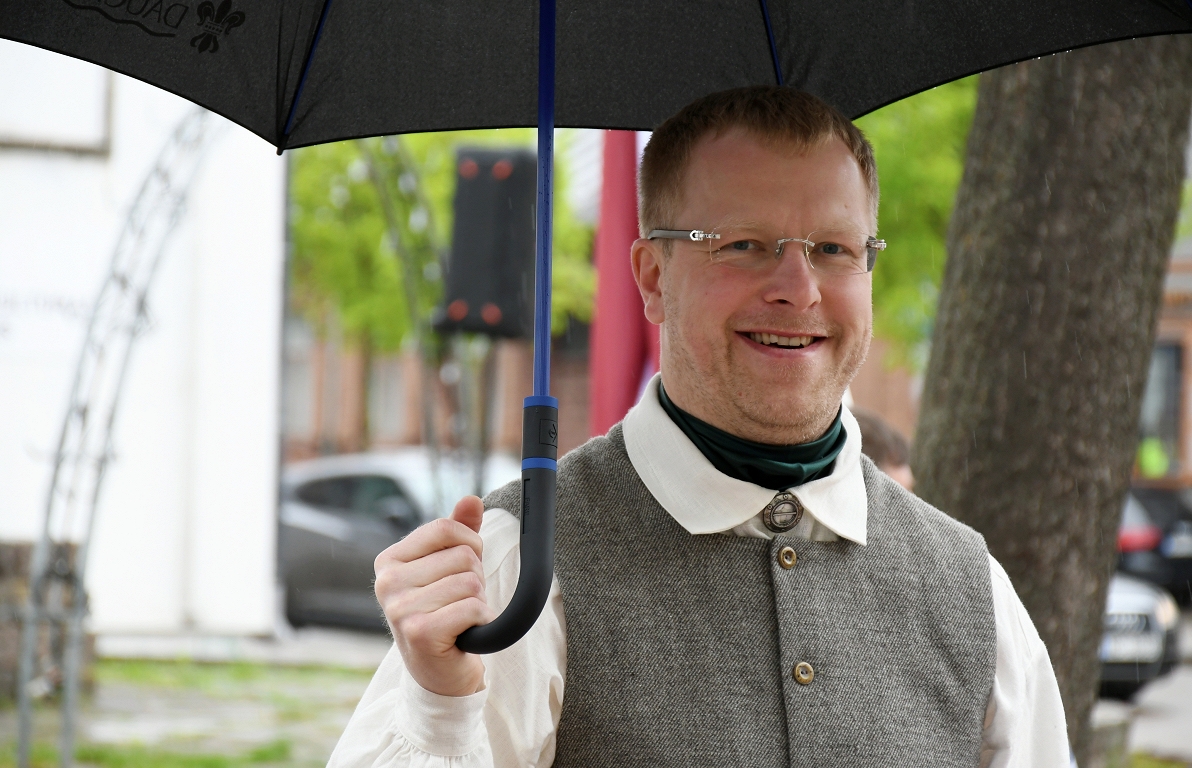Eduardo Gagege. The Lente of Freedom

Izia that photography is a « mechanical art ». « It captures the moment, an expression, a feeling, an event that no longer repeats itself. »
Immortalized some of the historical moments of April 25 who consecrated him as one of the greatest Portuguese photographers of the twentieth century: the meeting of the military in the Terreiro do Paço, the assault on the headquarters of PIDE, the dictatorship Political Police, and the moment when captain Salgueiro Maia realized that the revolution had triumphed… one of his most iconic photographs shows a soldier of the Portuguese dictator From the wall, a symbol of the change that occurred. He said several times that this was the happiest day of his life.
During the dictatorship, he captured, through his lens, the precarious conditions in which much of the Portuguese population lived, having been arrested several times by PIDE. «It marked me a lot. I couldn’t look at the double bars, see the butterflies and birds outside caused me a fantastic anguish. And precisely not to see those bars turned me to the wall. It traumatized me so much that for years I could not be in a place with nowhere to look. But they didn’t hurt me, ”he said in an interview with Sol in 2014.
I always walked from machine to shoulder: “I always, always, always with the machine. Many of the photographs would not have done them if I didn’t walk with her. If it happened to me to lose photographs it was for talking. Today, if I’m in an event, I don’t talk to anyone. I have to be 100 % concentrated. Sometimes colleagues of mine are even angry, ”he admitted at the time.
Before being a photographer, when he worked at the Sacavém dishes, between 1947 and 1957, he always had photographs in his hand -colored drawer, which earned him some scratches of his boss. But as he revealed in the same interview, « not everything was negative, » as he lived daily with painters, sculptors and manufacturing workers, who influenced him in his decision to make photojournalism.
Eduardo Gagege died in the early hours of Wednesday, at the age of 90, at the Capuchos Hospital in Lisbon, « in peace, surrounded by the family, with all the affection and comfort, » his grandson, Afonso Gageige told Lusa, also revealing that the grandfather « maintained a huge willpower and mental agility, overlapping the prolonged disease that victimized him ».
He was born in Sacavém in February 1935 and, with only 12 years, published in the Diário de Notícias, with first page honors, his first photograph. It was in 1957 that his photo reporter began in the illustrated diary. In addition to this, he was a photographer of The Illustrated Century, Match Magazine, editor of Saturday magazine, worked at the Associated Press (Portugal), National Ballet Company, Assembly of the Republic, Presidency of the Republic, for Deustche Gramophone – Germany, Yamaha – Japan and Cartier, lists the biography present in its official website, where we have access to its vast portfolio. In 1975, the World Press photo contest awarded him the second place award in the Portraits category with an image of General António Spinola to the Diary O Century, dated 1 January 1974.
«I heard about the blow through friends, who called me to say, ‘Now is that it is. Walks to the palace yard. Brings the rollers all ‘. And I went. But I get there and there is a soldier who tells me ‘can’t pass’. And I with a great can: ‘Please take me to the commander that I am his friend.’ I was not a friend of the commander, I didn’t even know who he was. Then the soldier naively tells a colleague, ‘Take this gentleman to the commander.’ I get there and introduce myself. And the guy: ‘Salgueiro Maia’. Believe it or not, under my word of honor, the guy knew me because of the covers I made for the illustrated century. ‘You can come with me’, ”he remembered in 2014, referring to the day of the carnation revolution.
During his long career, he photographed in more than 70 countries, even in dictatorships: Iraq, Cuba, Soviet Union, China, Israel, etc. It ended up being a freelancer and never left its brand image: black and white. «It’s more direct, more dramatic. I also like it because I reveal the rollers and expand the photographs. I’m all there – from the shot to the end. Give me a pleasure I don’t want to know, ”he shared with our newspaper.








/s3/static.nrc.nl/images/gn4/stripped/data133399241-6ad92c.jpg|https://images.nrc.nl/ncsa3XBKuETlGYg_Wlr8cfgTTw0=/1920x/filters:no_upscale()/s3/static.nrc.nl/images/gn4/stripped/data133399241-6ad92c.jpg|https://images.nrc.nl/W4xDTlHc4KrgbA-HSnxicjrFiok=/5760x/filters:no_upscale()/s3/static.nrc.nl/images/gn4/stripped/data133399241-6ad92c.jpg)